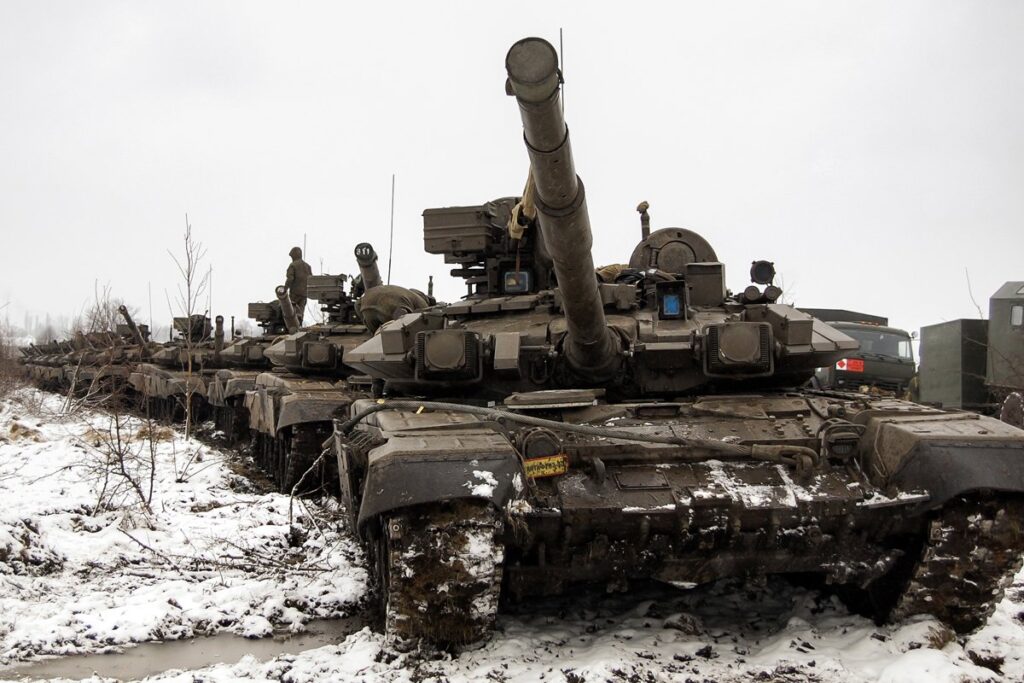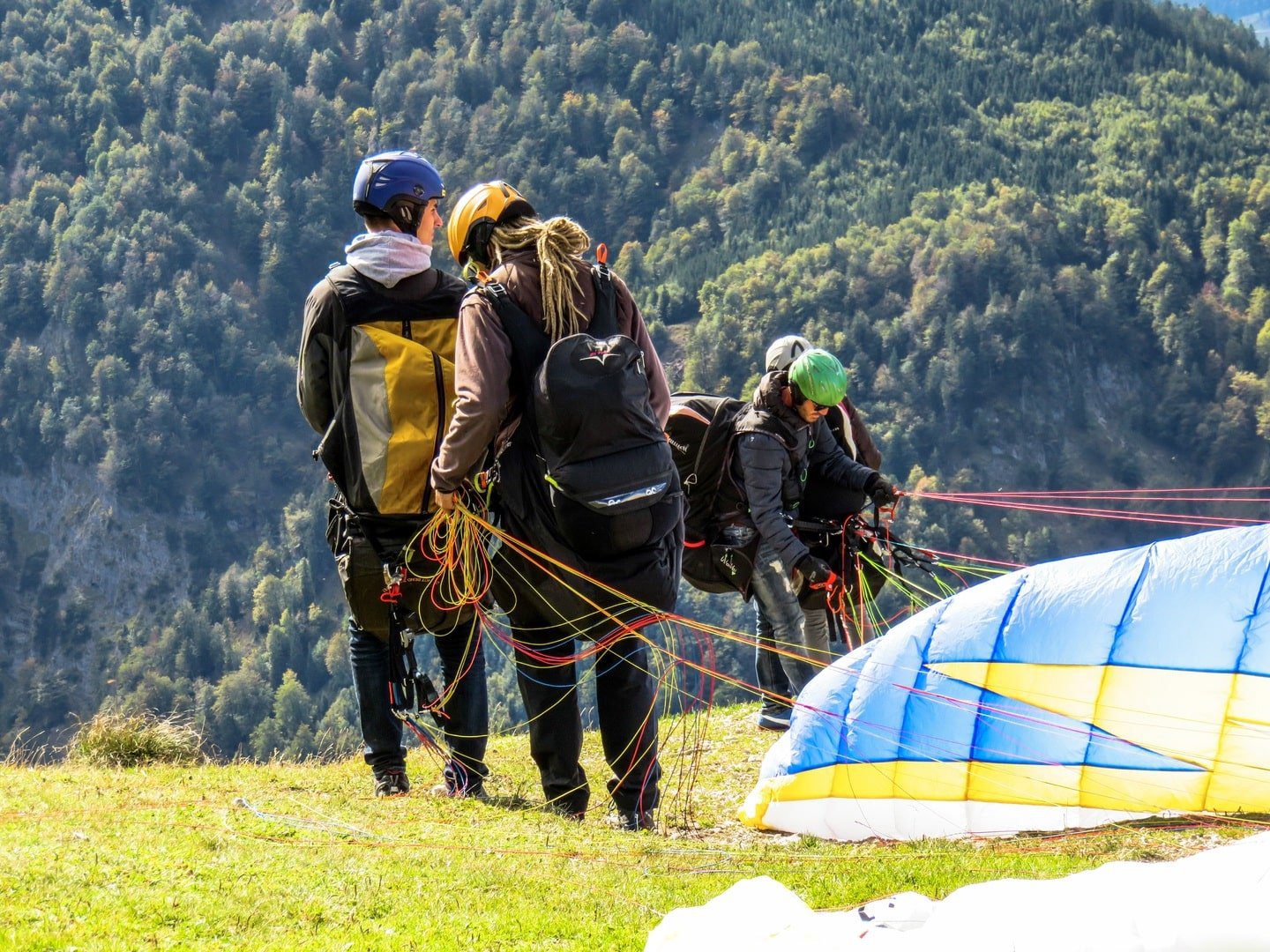
A comprehensive study by the Marseille-based “Institut Action Resilience (IAR)” has uncovered alarming revelations about Russia’s tank reserves, suggesting a critical situation that could severely impact its military capabilities. The research, employing a robust methodology, indicates that Russia might run out of tanks by 2025 if the current attrition rate persists.
Tank Reserves Depletion
According to the IAR report, Russia’s tank stockpile is far lower than publicly claimed by the Kremlin. Contrary to official figures, the study reveals that only 180-360 tanks of various types have been supplied to the field from the seven primary tank repair facilities since the conflict began. This raises concerns about Moscow’s ability to replace tanks lost in combat.
Western sanctions have hampered Russia’s tank production, resulting in the refurbishment of old Soviet-era armour. The IAR points out that while Russia retains around 6,000 older tanks suitable for refurbishment, a significant portion of these reserves consists of deteriorating hulks. Moreover, the tank production chain faces a bottleneck, with only seven critical facilities capable of equipping tanks with modern technologies.
The IAR report contradicts Moscow’s claims that Uralvagonzavod produces 200 tanks per month. Instead, it indicates that Russia’s entire industrial complex has a mere 390 tanks per year for combat units. Given the escalating losses, this stark difference raises doubts about the sustainability of Russia’s tank production.
#Ukraine: A concealed Russian tank (presumably a T-80BV) was destroyed by three FPV loitering munitions of the Ukrainian army in #Luhansk Oblast. pic.twitter.com/bhUGN780X0
— 🇺🇦 Ukraine Weapons Tracker (@UAWeapons) September 11, 2023Battlefield Observations
Contrary to expectations of massed tank assaults in significant offensives, the IAR study suggests a change in Russia’s tactical approach. According to Ukrainian sources, Russian forces rarely deploy tanks in substantial numbers. When they do, it’s often limited to a handful, and tank crews prefer indirect fire tactics, concealing their armoured vehicles behind terrain features.
The report highlights a shift to older Soviet-era sighting technology, indicative of Russia compromising on tank quality to sustain production. The reliance on outdated technology and the observed vulnerability in night vision capabilities may further hinder Russia’s effectiveness on the battlefield.

Projected Scenarios
The IAR researchers simulated three scenarios for Russia’s tank fleet based on the rate of losses on the battlefield. The optimistic scenario foresees only 250 tanks remaining in the Russian army by early 2024, a collection of archaic and modern models. The weighted average scenario estimates 400 to 600 tanks. In contrast, the pessimistic scenario suggests the possibility of maintaining a combat-ready tank army.
In any of these scenarios, the IAR report predicts a significant reduction in Russia’s tank fleet, impacting its ability to conduct primary armoured operations. This could expose Russian borders and force tank units to operate in small, homogeneous battalion groups.
Russian $4.5 million T-90A destroyed with 3 (three) Ukrainian $500 FPV drones
The upgraded version of the T-90A, which took the enemy more than 8 years to develop and cost about $4.5 million per tank, was eliminated near Bakhmut by three $500 FPV drones.
You can see the… pic.twitter.com/kc3xMoUkS1
— Slava 🇺🇦 (@Heroiam_Slava) September 10, 2023Frequently Asked Questions (FAQs)
-
How reliable are the IAR findings?
The IAR findings are based on a comprehensive methodology, including satellite imagery, battlefield data, and an examination of Russian archives. The consistency with observations from Ukrainian sources lends credibility to the report.
-
Can Russia replenish its tank reserves?
The IAR report suggests that Russia’s current production capabilities are insufficient to offset the losses incurred in combat. Western sanctions and production bottlenecks further hinder the replenishment of tank reserves.
-
How have battlefield tactics changed?
Observations indicate a shift in Russian tactics, with limited deployment of tanks and a preference for indirect fire. The compromise on technological advancements suggests strategic adjustments to sustain tank production.
-
What are the potential consequences for Russia?
If the trend persists, the report envisions a severe limitation on Russia’s ability to deploy armoured brigades, leaving its borders vulnerable. The potential scenarios paint a concerning picture of Russia’s military capabilities shortly.






